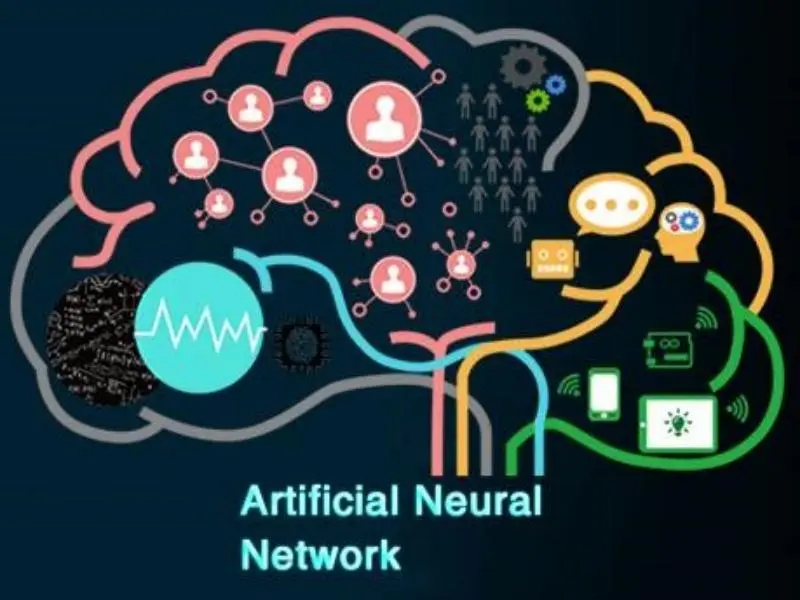- An artificial neural network is a computational model inspired by the structure and functional aspects of biological neural networks found in the human brain.
- Deep learning, a subset of machine learning, has revolutionised the way we approach complex problem-solving and data analysis.
Artificial neural networks (ANNs) are the foundational building blocks of deep learning, enabling machines to learn, recognise patterns, and make decisions in a manner similar to the human brain. As research and development in this field continue, the potential applications of ANNs in various industries and domains are expected to expand, further transforming the way we interact with technology.
Understanding artificial neural networks
In the world of artificial intelligence and machine learning, one powerful technique that has gained significant attention is the artificial neural network. ANNs are computational models inspired by the biological neural networks of the human brain. They are a key component of deep learning algorithms, a subset of machine learning that focuses on learning representations of data.
At its core, an artificial neural network consists of interconnected nodes, or artificial neurons, organised in layers. The simplest form of neural network is the feedforward neural network, where data travels from the input layer through hidden layers to the output layer without feedback loops. Each connection between neurons has an associated weight that is adjusted during the training process to guide the network towards learning the desired patterns or features in the data.
Deep learning, as the name suggests, involves neural networks with multiple hidden layers, allowing them to learn complex hierarchical representations of data. Deep neural networks have shown remarkable success in various tasks such as image recognition, natural language processing, and even playing complex games like Go.
Also read: Who pioneered AI? The evolution of artificial intelligence
Also read: How fast is artificial intelligence advancing?
How ANNs work in deep learning
Forward propagation: Data is fed forward through the network, with each neuron applying weights and biases to the inputs and passing the result through an activation function.
Loss function: The network’s output is compared to the actual target values, and the difference is quantified using a loss function.
Backpropagation: The error is propagated back through the network, adjusting weights and biases to minimise the loss in subsequent iterations.
Optimisation: Techniques like gradient descent are used to update the network’s parameters, optimising the network’s performance.
Importance of ANNs in deep learning
ANNs play a vital role in deep learning due to their adaptability and ability to evolve with new information. Unlike traditional algorithms, ANNs can continuously adjust their weights and connections based on feedback, enhancing their performance and accuracy over time. This adaptability allows them to tackle challenging problems that may be too complex for conventional approaches, making them a powerful tool in various fields.
Moreover, ANNs excel in feature learning, a process where they can automatically extract and identify relevant features from raw data without the need for manual feature engineering. This capability streamlines the data processing workflow and enables the network to focus on learning intricate patterns and relationships within the data. By autonomously uncovering significant features, ANNs enhance the efficiency and effectiveness of deep learning models, making them indispensable in solving real-world problems across diverse domains.

